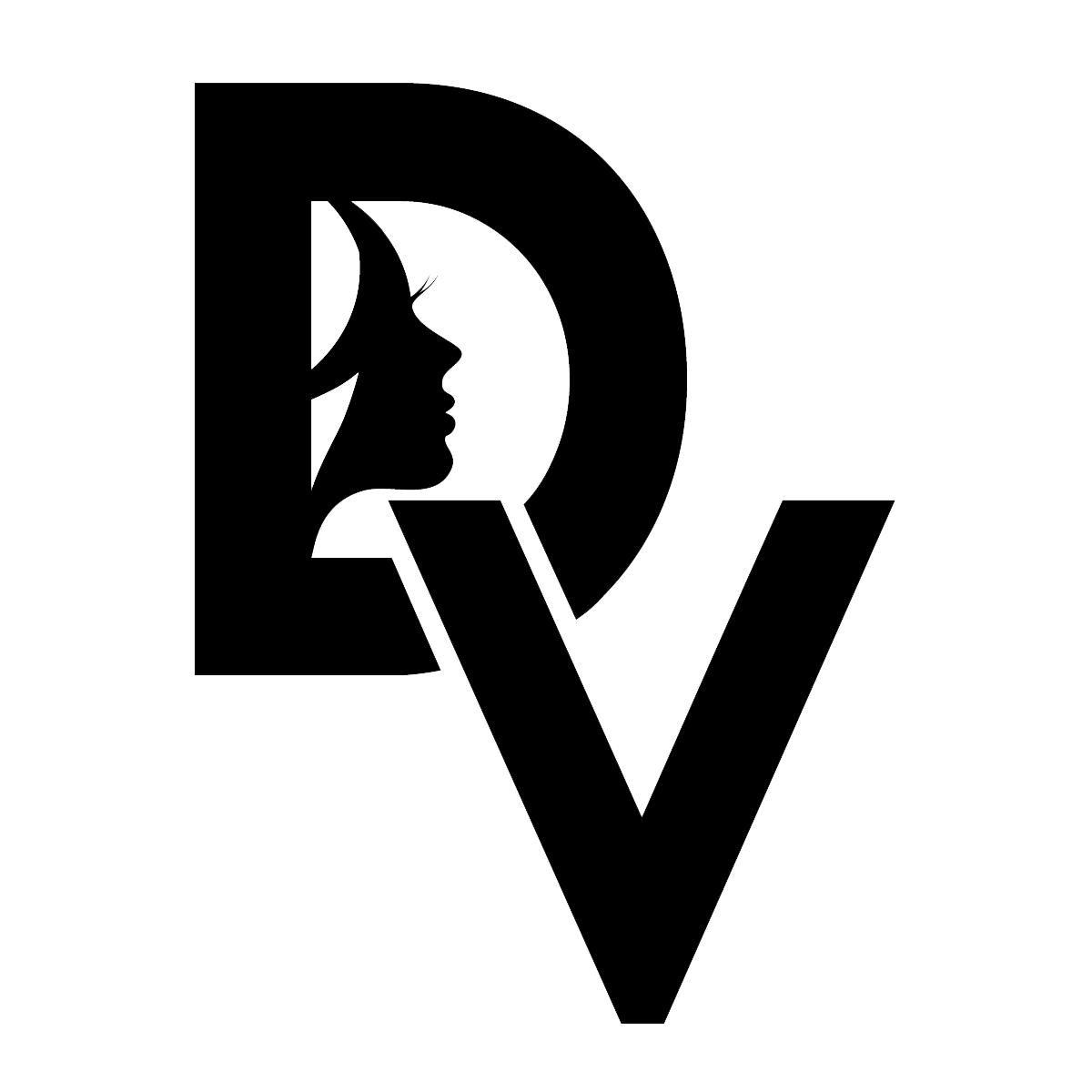Eyelid reconstruction surgery offers a viable solution for individuals facing issues related to facial paralysis or eye lesions. Dr. DeVictor offers personalized eyelid reconstruction to restore the natural appearance and function of the eyes.
Restore Optimal
Eyelid Appearance
& Functionality
Eyelid reconstruction is a versatile surgical procedure recommended in various scenarios to address both aesthetic and functional concerns. One common application is the removal of moles and lesions, which may be unsightly or pose potential health risks. Additionally, it is used to repair defects resulting from Mohs surgery, ensuring the eyelid’s structural integrity.
Furthermore, eyelid reconstruction plays a crucial role in restoring the overall facial balance and function in cases of trauma or facial paralysis. It can resolve issues like dryness, excessive tearing, droopy eyelids, and the loss of the blink reflex. This procedure can treat the upper, lower, or both eyelids, providing tailored solutions based on your needs and requirements.

Common Reasons for Eyelid Reconstruction:
- Removal of moles and lesions from eyelids
- Repairing defects and scars after Mohs surgery
- Restoring eyelid appearance after trauma
- Addressing poor function related to facial paralysis
The Techniques Used For Eyelid Reconstruction
Tarsoconjunctival Flap
The tarsoconjunctival flap technique involves using a flap of tissue, typically from the inner surface of the upper eyelid, to repair defects or address issues like lower eyelid retraction. This technique is particularly useful in cases where structural support and tissue replacement are needed to restore the eyelid’s function and appearance.
Ectropion Repair
The ectropion repair technique corrects eyelid malpositioning. Ectropion occurs when the lower eyelid turns outward, exposing the eye’s delicate surface. This technique involves repositioning the eyelid to its natural position, ensuring it rests properly against the eye. This technique can alleviate excessive tearing, irritation, and exposure-related discomfort.
Tissue Transfer
Tissue transfer is a technique where healthy tissue from one area of the body is surgically moved to replace damaged or missing tissue in the eyelid region. This approach is commonly used when there’s a need for additional tissue volume, support, or a combination of both. Tissue transfer restores the eyelid’s structural integrity in cases of trauma or extensive tissue loss.

Recovery After Eyelid Reconstruction
In the days immediately following the procedure, you may experience some swelling, bruising, and mild discomfort around the surgical site. These side effects are typical and can be managed with prescribed pain medications and cold compresses to reduce swelling. It’s essential to follow your surgeon’s post-operative instructions diligently, which may include keeping your head elevated, using lubricating eye drops, and avoiding strenuous activities.
Over the next weeks, you’ll notice gradual improvements in the appearance and function of your eyelids. Full recovery may take a few months as the tissues continue to settle and heal. During this period, you should attend follow-up appointments with your surgeon to monitor your progress. In time, you’ll enjoy the benefits of improved eyelid function and a more natural appearance, helping you regain confidence and comfort in your daily life.

Eyelid Reconstruction FAQs
What is the recovery process like after eyelid reconstruction?
Recovery depends on the extent of the procedure. You can expect some swelling, bruising, and discomfort initially. Full recovery may take several months.
Will there be visible scarring after eyelid reconstruction?
Scarring is an inherent part of any surgical procedure. However, experienced surgeons like Dr. DeVictor minimize scarring by placing incisions in discreet locations, such as the natural creases of the eyelids. Over time, the scars tend to fade and become less noticeable.

Schedule Your Consultation
With Dr. DeVictor
Dr. DeVictor is a highly qualified specialist with board certification in Otolaryngology-Head and Neck Surgery. If you’re considering eyelid reconstruction, schedule a consultation with Dr. DeVictor to discuss your unique needs and concerns. With extensive expertise in facial and eyelid procedures, he can provide personalized guidance and tailored solutions to help you achieve your desired results. Take the first step towards improved eyelid function today.
